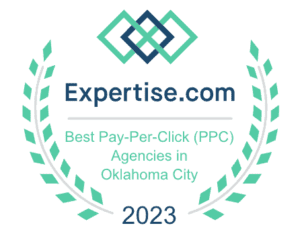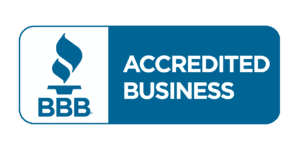It’s the age-old question that business owners have been asking for years now: Which is better, SEO or Pay Per Click (PPC) advertising? Well, it turns out that the answer isn’t so straightforward—it all depends on your business goals and the resources you have available. So let’s break down each option and compare them side-by-side to see which one comes out on top.
SEO (Search Engine Optimization)
When it comes to SEO, the goal is simple: Increase your website’s visibility in search engine results. This means optimizing your content so that it ranks higher in relevant searches. It also involves building backlinks to other highly credible websites, as well as utilizing keywords strategically throughout your content. The upside of SEO is that it is relatively inexpensive compared to PPC campaigns—you don’t need a huge budget to get started because there are plenty of free tools and methods you can use to boost your rankings—and if done correctly, you can achieve long-term success with relatively little effort.
Pay Per Click Ads
Unlike SEO, Pay Per Click Ads require an upfront investment—you pay for each ad click that leads to your website. On the plus side, PPC ads are much faster than organic search traffic; you can start seeing results almost immediately after launching a campaign. And since you only pay when someone clicks on an ad, you know exactly what return on investment (ROI) you’re getting from each campaign. However, this also means that if no one clicks on your ad, then you won’t get any return at all! Additionally, PPC campaigns can be expensive and time-consuming to set up and manage properly.
Conversion Rate Optimization
Conversion Rate Optimization (CRO) focuses on increasing the percentage of website visitors who actually convert into customers by optimizing various aspects of the user experience (UX). This includes everything from making sure your website loads quickly and looks good across all devices to improving customer service interactions with potential customers. CRO requires ongoing testing and tweaking in order to determine what works best for your particular audience—but when done correctly, it can help increase sales significantly.
Conclusion
So there we have it—the pros and cons of each digital marketing strategy laid out side-by-side for easy comparison. And remember—while these two strategies are great for generating new leads, don’t forget about Conversion Rate Optimization either. By focusing on improving the user experience through thoughtful design decisions and optimizing customer service interactions, CRO can help ensure those leads turn into conversions.









